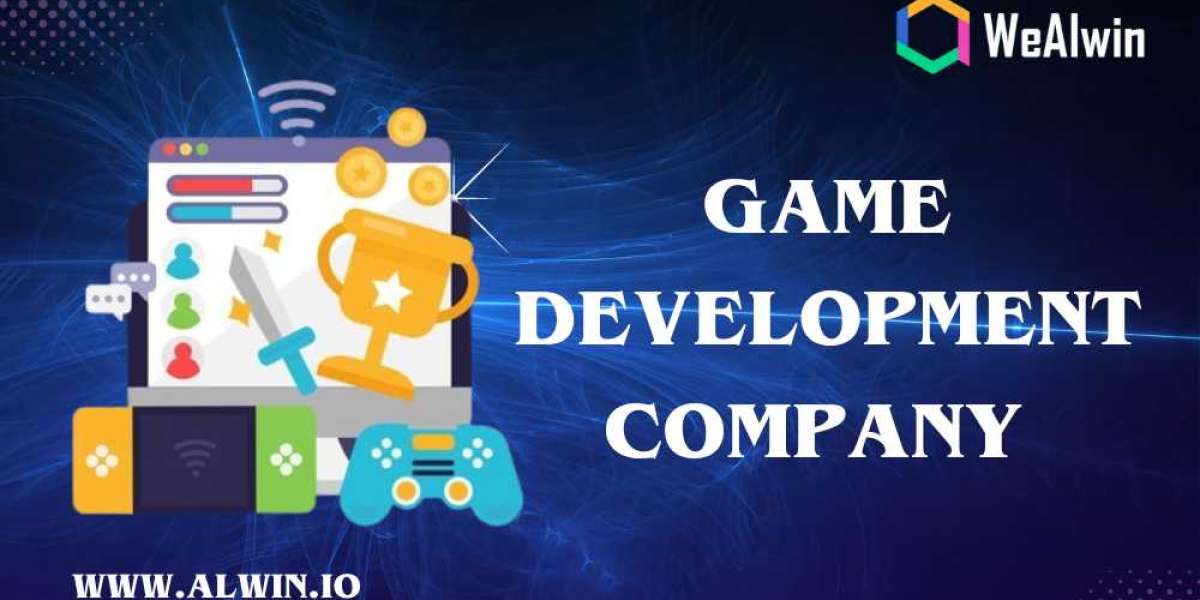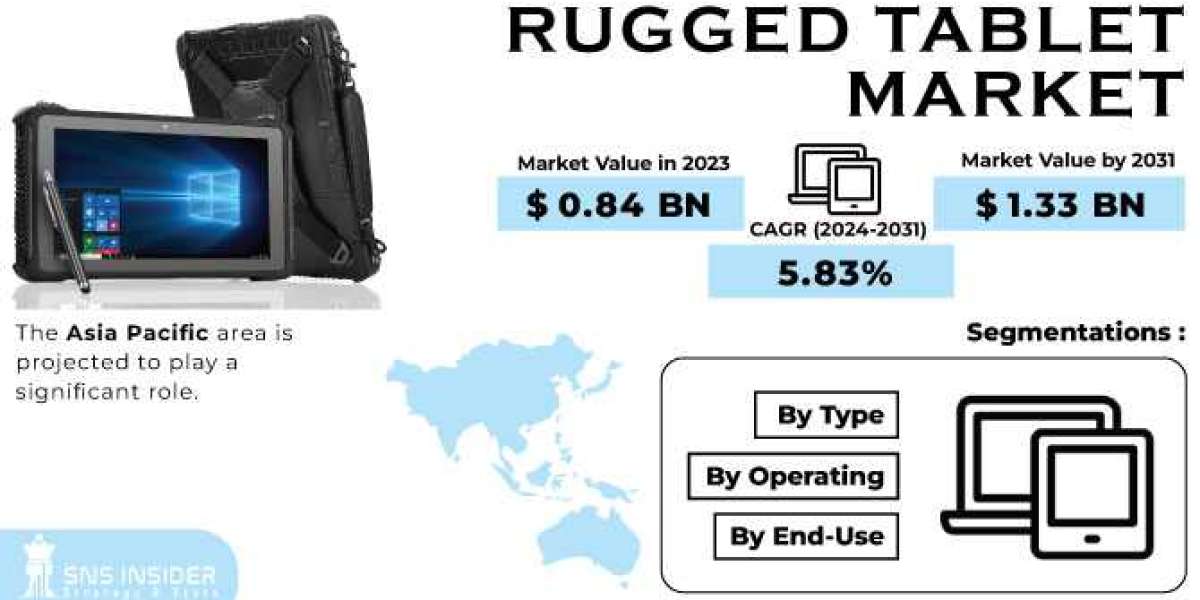When it comes to selecting the right SAP consolidation Tool, customers often grapple with various options to find the best fit for their organizational needs. Over the past 15 years, I’ve encountered a range of SAP tools for consolidation, each with its unique features and advantages. Here’s a detailed look at these tools and their suitability for different consolidation requirements.
SAP ECCS, one of SAP’s earliest consolidation tools, is known for its robustness and stability. It has been well-regarded by users for its comprehensive features, including the Consolidation Monitor, which simplifies the configuration process. ECCS supports all standard consolidation needs, such as inter-company and equity consolidations. Its management consolidation options are particularly strong, and many of its features have been carried over to the newer Group Reporting tool. For existing ECCS users, Group Reporting offers a familiar environment with enhanced capabilities, including a smart Fiori UI and ABAP Core Data Services for efficient reporting.
SAP BCS (Business Consolidation System) evolved from ECCS but is more BW-driven. It offers similar features to ECCS but with integration into the SAP Business Warehouse (BW) environment. With the advent of SAP HANA, there is less need for BCS as a standalone solution. However, there have been indications that a robust version of BCS might return, which will delight its long-time users.
SAP BPC (Business Planning and Consolidation) offers different versions tailored to various needs. The Standard or Classic version, originally from Outlooksoft, was not fully integrated with SAP BW initially but saw better integration with SAP BPC 10.1 NW. This version is known for its open configuration, allowing users to design elimination rules easily, and its user-friendly reporting interface and Business Process Flows. Customers using BPC Classic often appreciate its flexible Ownership Manager and intuitive consolidation monitor.
In contrast, SAP BPC Embedded relies more on BW architecture. Unlike BPC Classic, where models and dimensions are created in the front end and automatically generated in the BW backend, BPC Embedded requires initial setup in BW before defining the environment and models in the BPC web front end. While BPC Embedded has fewer data load interfaces and can be more IT-driven, it provides a more integrated approach within the BW environment. BPC Embedded offers similar functionalities to BPC Classic but with a different architectural approach.
SAP BPC Optimized, which is part of the SAP S/4HANA suite, aligns closely with BPC Embedded but operates within the S/4HANA environment. The optimized version, available as BPC 10.1 NW, is designed for integration within S/4HANA but does not support BW/4HANA, and there appears to be no future roadmap for this. It provides a streamlined experience for users familiar with BPC Embedded, sitting within the broader S/4HANA ecosystem.
SAP BO FC (BusinessObjects Financial Consolidation) differs from BPC in that it is solely focused on consolidation rather than planning. It is a business-driven tool with strong stability and equity consolidation support. For users already leveraging BO FC, it remains a viable and effective tool for consolidation without needing to transition to a new solution.
SAP Disclosure Management complements SAP BPC by aiding in the preparation of Notes to Accounts. Although not as widely adopted, it provides valuable functionality for capturing and managing disclosure notes. Alternatives include the BPC Classic Word Add-in or SAP Excel Add-in Analysis, which can also handle Notes to Accounts.
SAP RTC (Real-Time Consolidation) offers functionality akin to BPC Embedded but emphasizes real-time data sourcing via HANA views and the new ACDOCC table for consolidation entries. Configured within S/4HANA’s embedded BW, RTC eliminates the need for additional servers and reduces maintenance costs. While it shares many features with BPC Embedded, it is recommended to use BPC Embedded due to its stability in recent releases.
SAP S/4HANA Group Reporting represents the latest advancement in SAP’s consolidation tools. Initially challenging in earlier versions, it has become stable and robust, particularly from S/4HANA 1809 onwards. Group Reporting leverages real-time data from the universal journal ACDOCA and posts consolidation entries in the ACDOCU table. Its reporting utilizes HANA-optimized ABAP Core Data Services, incorporating many features from ECCS. For existing ECCS users, Group Reporting offers a seamless transition with enhanced capabilities.
In conclusion, the choice of SAP consolidation tool depends on various factors, including existing systems, integration needs, and specific consolidation requirements. Whether opting for ECCS, BPC, BO FC, RTC, or Group Reporting, each tool offers distinct advantages tailored to different consolidation scenarios.














